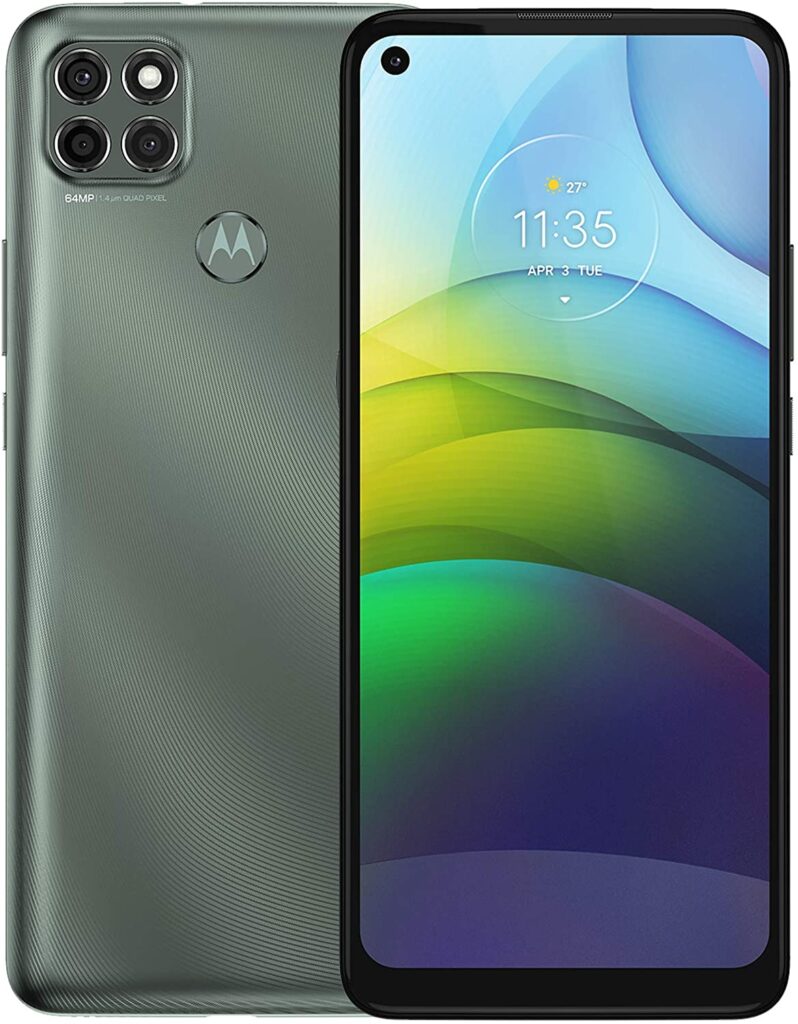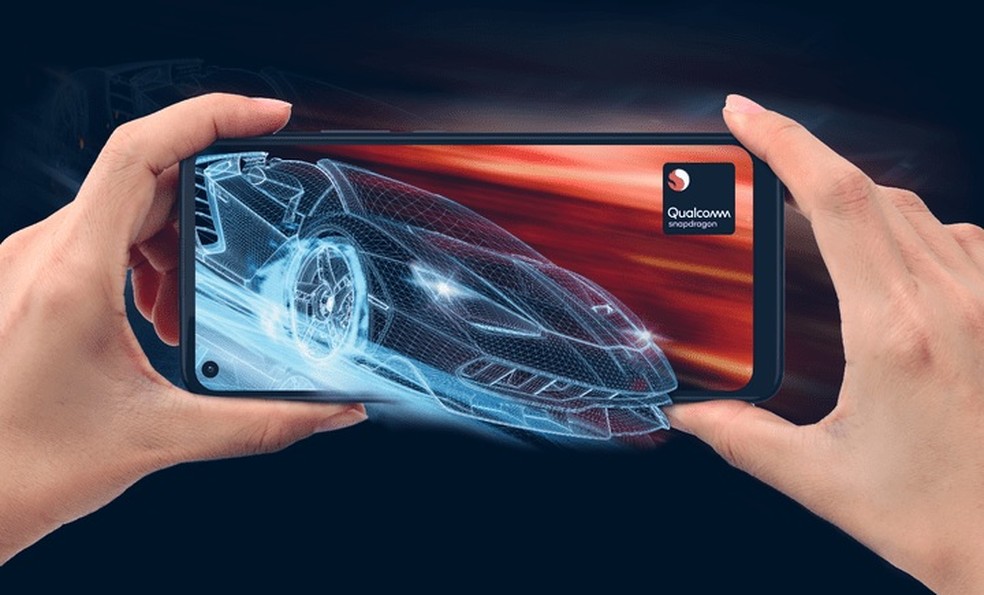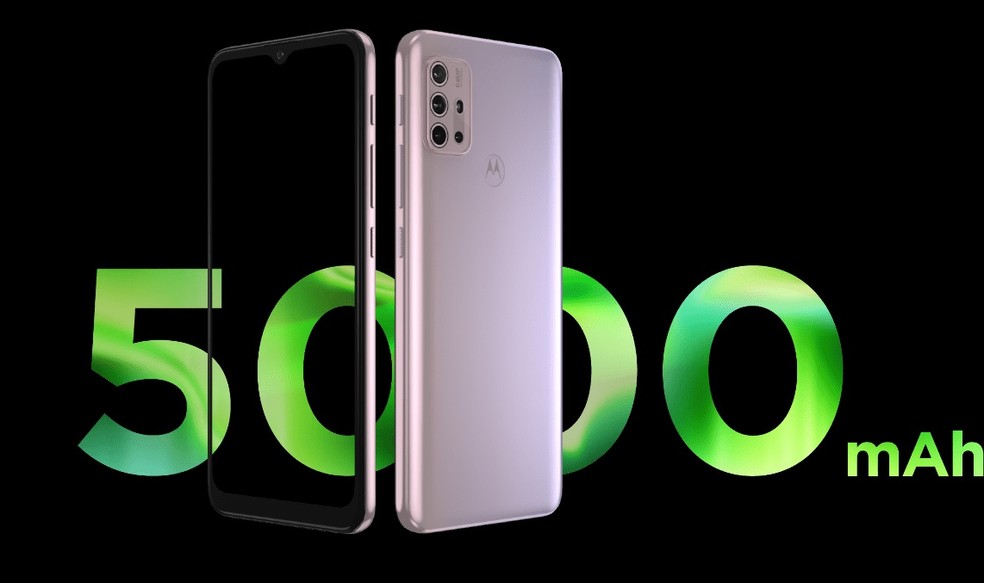Motorola introduced March three phones to renew the Moto G line. The mid-range model Moto G30 comes to market as a possible replacement for the Moto G9 Power and One Fusion devices. The newly launched smartphone brings in specifications similar to the G9 Power, such as 128 GB storage, Snapdragon 662 processor, and 64 MP main camera. In the following lines, learn about the similarities and dissonances between the devices.
Moto G30 vs Moto G9 Power
| Specifications | Moto G30 | Moto G9 Power |
|---|---|---|
| Launch | March 2021 | December 2020 |
| Current price | $259.99 | $179.99 |
| Screen | 6.5 inches | 6.8 inches |
| Screen resolution | HD+ (1640 x 720 pixels) | HD+ (1640 x 720 pixels) |
| Processor | Snapdragon 662 | Snapdragon 662 |
| RAM | 4 GB | 4 GB |
| Storage | 128 GB | 128 GB |
| Memory card | microSD up to 1 TB | microSD up to 512 GB |
| Back camera | Quad Camera: 64, 8, 2 and 2 MP | Tri Camera: 64, 2 and 2 MP |
| Front Camera | 13 MP | 16 MP |
| Operating System | Android 11 | Android 10 |
| Battery | 5,000 mAh | 6,000 mAh |
| Dimensions and weight | 165.3 x 75.8 x 9.2 mm; 200g | 174.2 x 76.8 x 9.7 mm; 221 g |
| Colors | dark prism and white lilac | green and purple |
Screen and design
The Moto G9 Power’s screen takes the upper hand when it comes to size: it’s 6.8 inches versus the 6.5 inches present on Motorola’s latest model. On the other hand, the HD+ resolution and the IPS LCD panel are specifications common to both phones.

Besides size, another feature can represent a significant difference between the devices, but this time ensures the highlight for the G30. The manufacturer’s launch brings a screen with a refresh rate of 90 Hz, an aspect that gives smoothness and fluidity to the movements of games and videos. In this regard, the G9 Power with the standard 60 Hz screen may be at a disadvantage.
The G30 gets back the drop-shaped notch that some newer phones have been trying to get rid of. The G9 Power is an example of a smartphone that chose to accommodate the selfie camera in a hole inside the screen as a way to eliminate the edges. The back of both phones still reserves space for the lens of the photo arrangement and the fingerprint sensor.
Camera
Although both phones feature 64 MP in the main lens, the G30’s photo array features an extra lens compared to the Moto G9 Power. Therefore, the G30 arranges its sensors as follows: main, with 64 MP and aperture of f/1.7, ultra-wide of 8 MP and f/2.2, macro of 2 MP and f/2.4, and finally, the depth sensor, also with 2 MP and the same aperture as the previous one. The front lens brings 13 MP to record selfies.

The G9 Power’s triple camera is organized between a 64 MP main camera with f/1.7 aperture, a macro with 83° angle and f/2.4 aperture, and a depth sensor with the same specifications as the macro lens. This time, the front camera brings 16 MP, which can be a positive difference compared to the 13 MP in the Moto G30.
The features present in the phones are Quad Pixel and Night Vision. The first tool groups four pixels into one, which allows more sensitivity to light to ensure clearer and sharper photos. The second technology, in turn, helps improve the quality of photos in low-light locations. It is worth saying that the Moto G30 still brings some exclusive functions, such as the slow-motion mode, and the smile detector.
Performance and Storage

In terms of storage and performance, the phones tend to deliver similar results, since they bring the same specifications in some aspects of the technical sheet. In data space, both the G9 Power and the G30 feature 128 GB and 4 GB of RAM. The processor used in both phones is the same. It is the Snapdragon 662, an octa-core from Qualcomm with a speed of up to 2 GHz.
What changes between them are the microSD card details, since the older smartphone can expand storage by up to 512 GB, while the newly released one increases the memory by up to 1 TB.
Battery
Motorola’s Moto G Power line tends to stand out for the promise of longer battery life. Thus, the Moto G9 Power, with 6,000 mAh, promises up to 60 hours of battery life, enough for two days away from the power outlets.

The Moto G30 comes with 5,000 mAh, a number common in battery standards seen in mid-range phones. This number is enough for 159 hours of music playback, 18 hours for watching videos, and 16 hours for surfing the web.
Both phones have the Turbo Power feature, to provide fast recharging through a 20 W power charger. The input used is USB-C.
System Version
Launched at the end of last year, the Moto G9 Power comes with Android 10 but has a guaranteed upgrade to the latest version of the system, 11.
The newest model already leaves the factory with Android 11, but it can receive the update for the future version of Google’s system, Android 12.
Additional Features
When it comes to features, the two phones prove to be quite similar. For example, there is the fingerprint scanner and the button for the Google Assistant. These two tools are not only present on both devices but are located in the same place.
On both the G9 Power and the G30, you can find the specific button to trigger the Google Assistant on the side of the phone, and the sensor to recognize the fingerprint on the back, with the classic symbol of the brand.
Other specifications common to both smartphones are Bluetooth 5.0, 5 GHz Wi-Fi, and P2 input for headphones. It is worth saying that the connection used by them is LTE and neither phone has NFC support.
Price and Availability
The Moto G9 Power can currently be found on Amazon for $179.99, while the Moto G30 can also be purchased on Amazon for $259.99.
- Buy Moto G9 Power
- Buy Moto G30
This post may contain affiliate links, which means that I may receive a commission if you make a purchase using these links. As an Amazon Associate, I earn from qualifying purchases.

